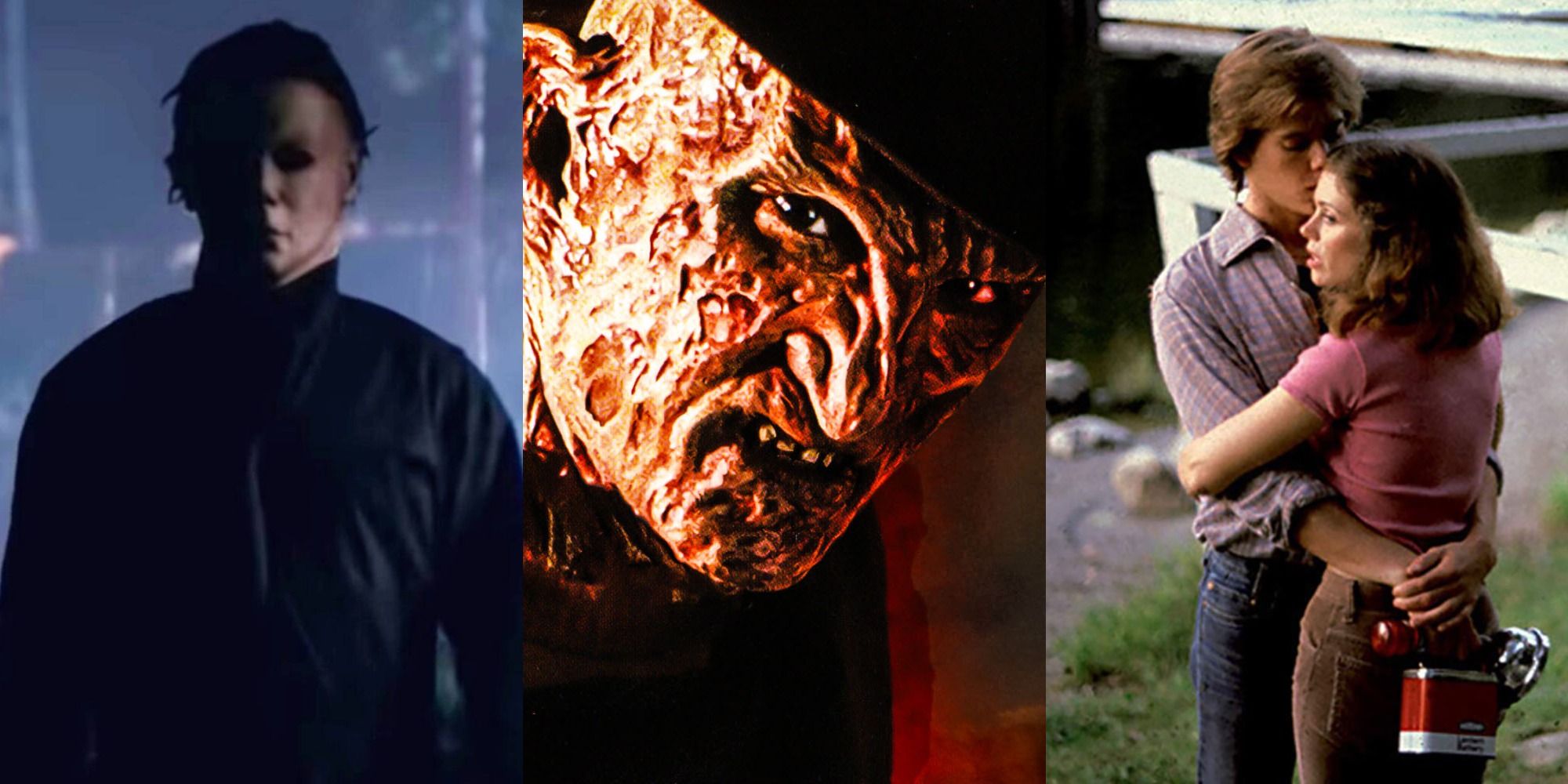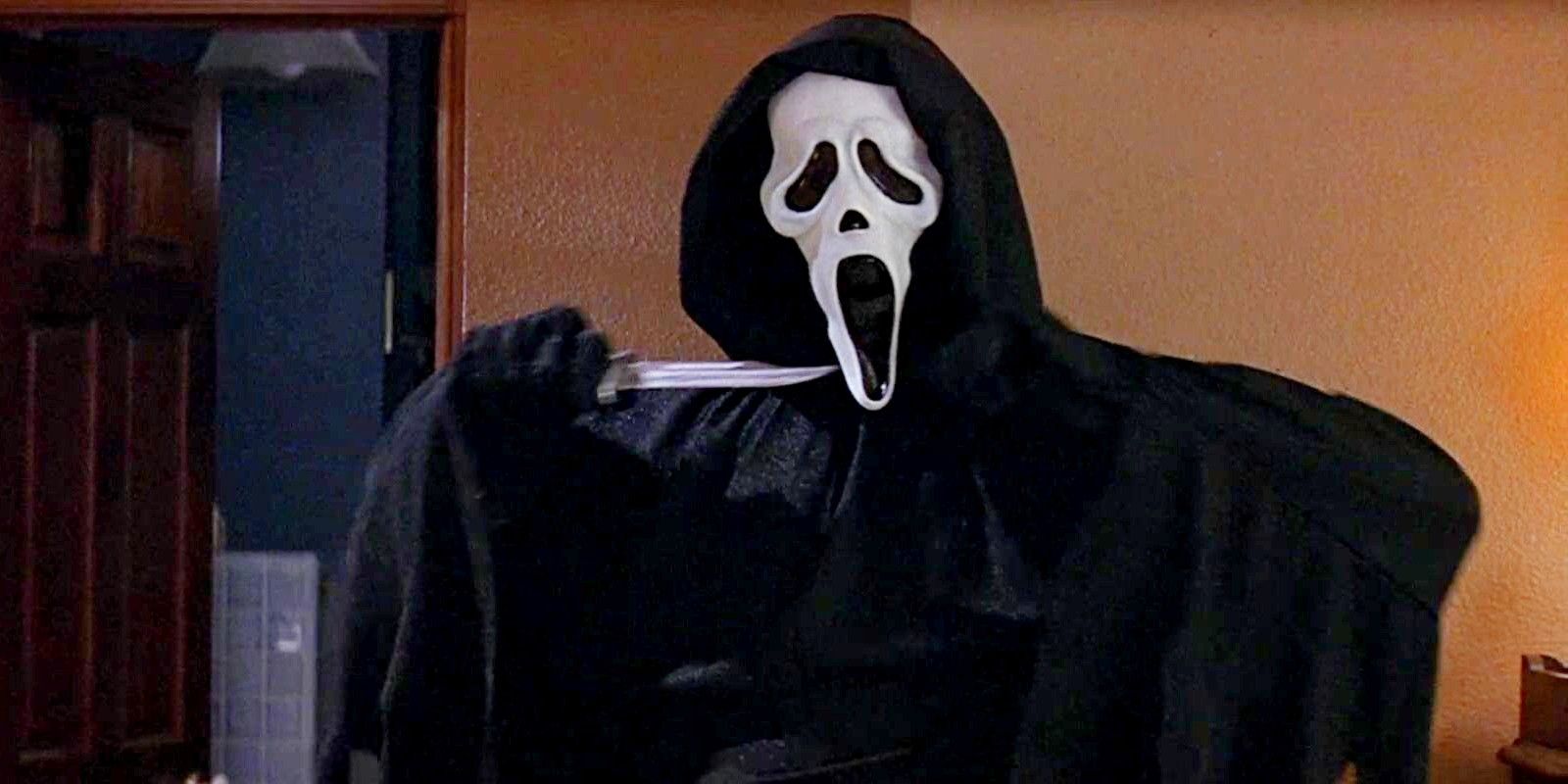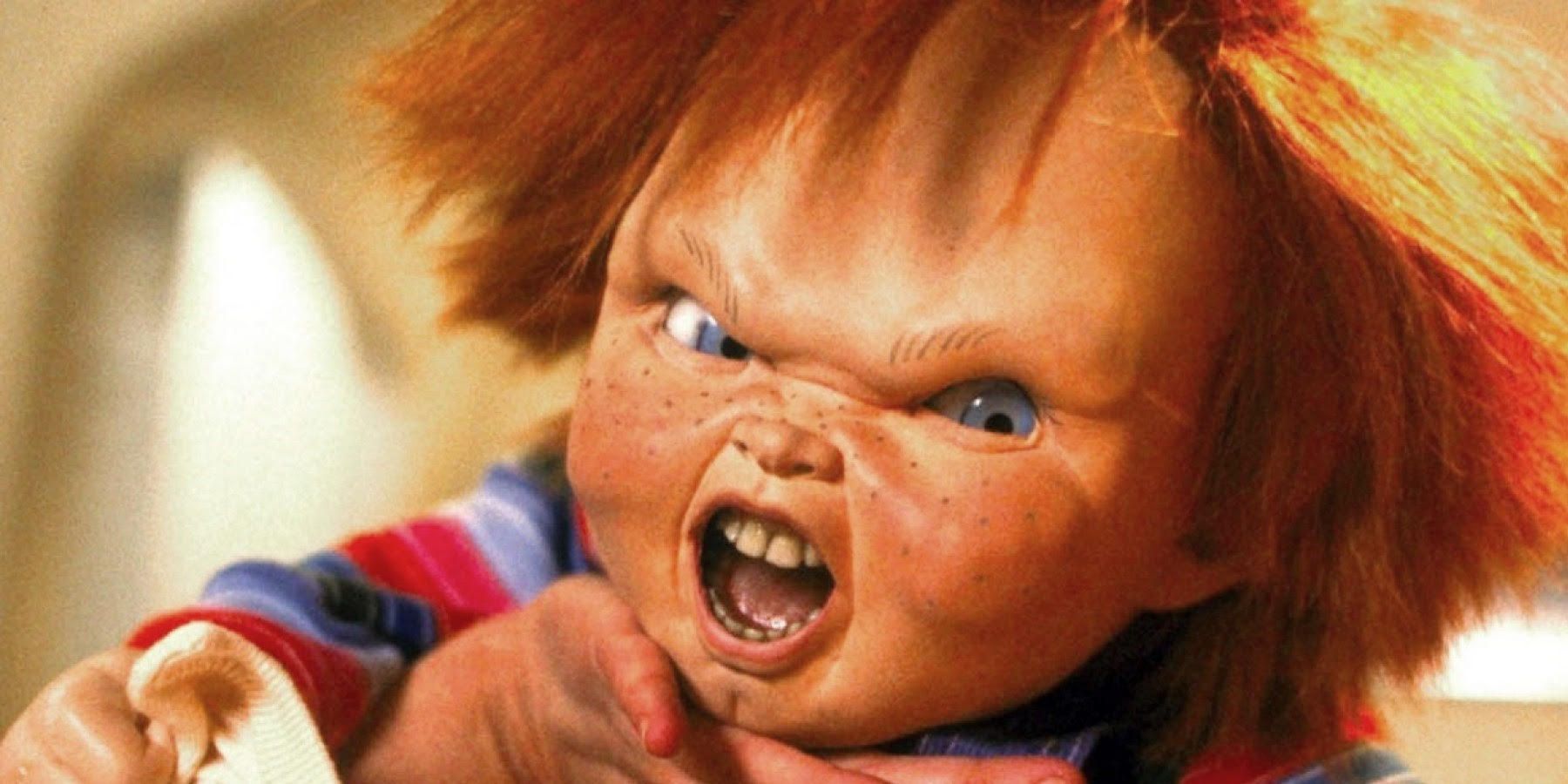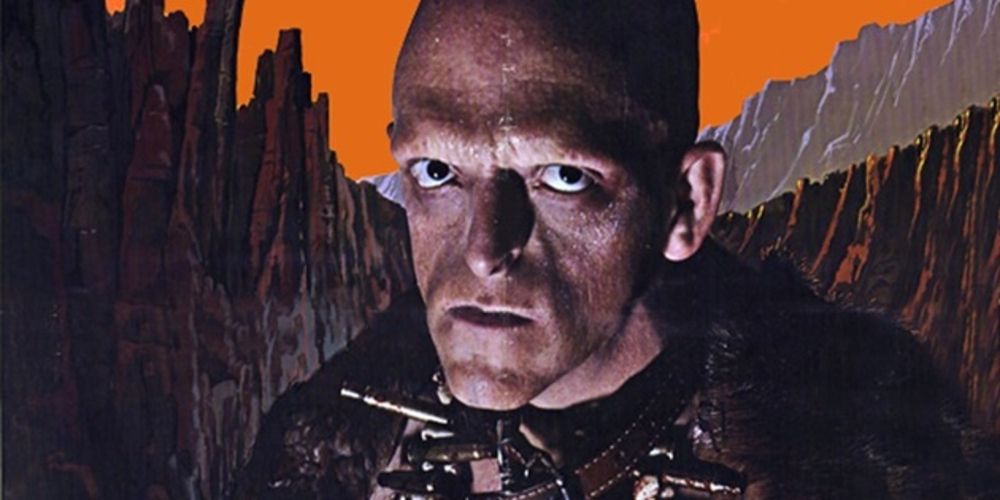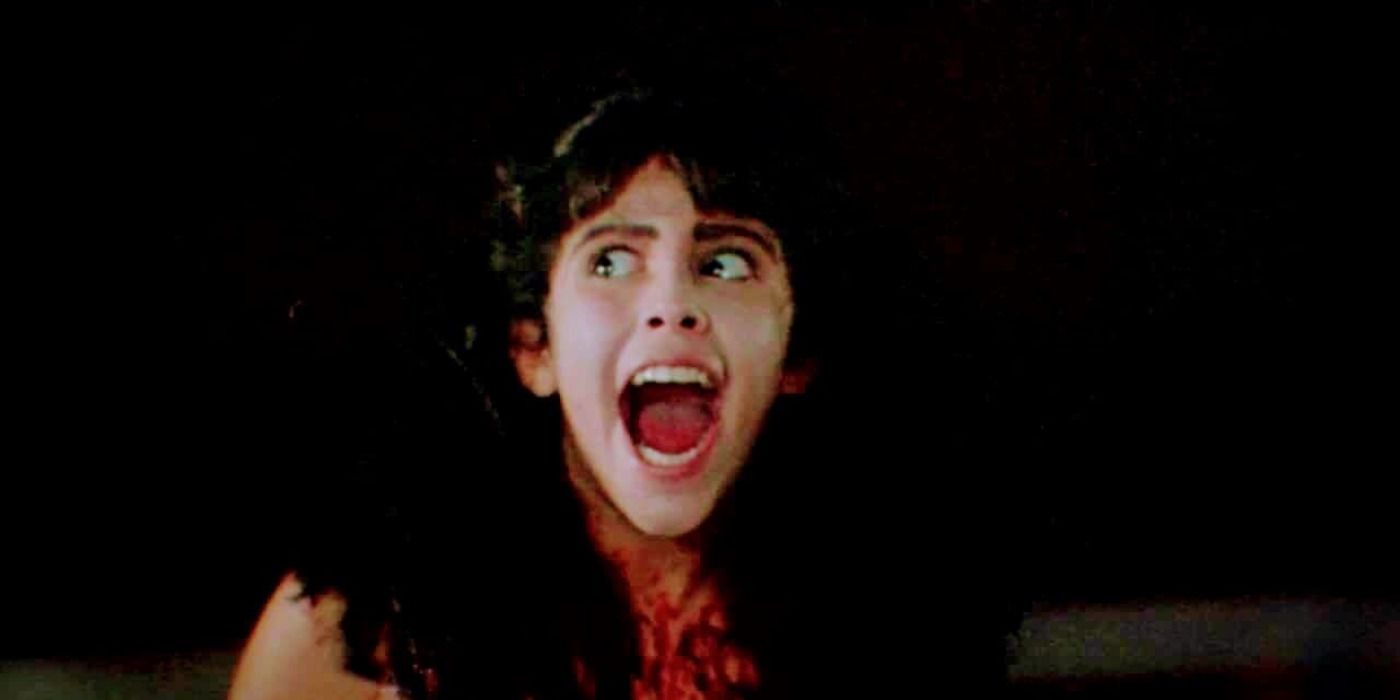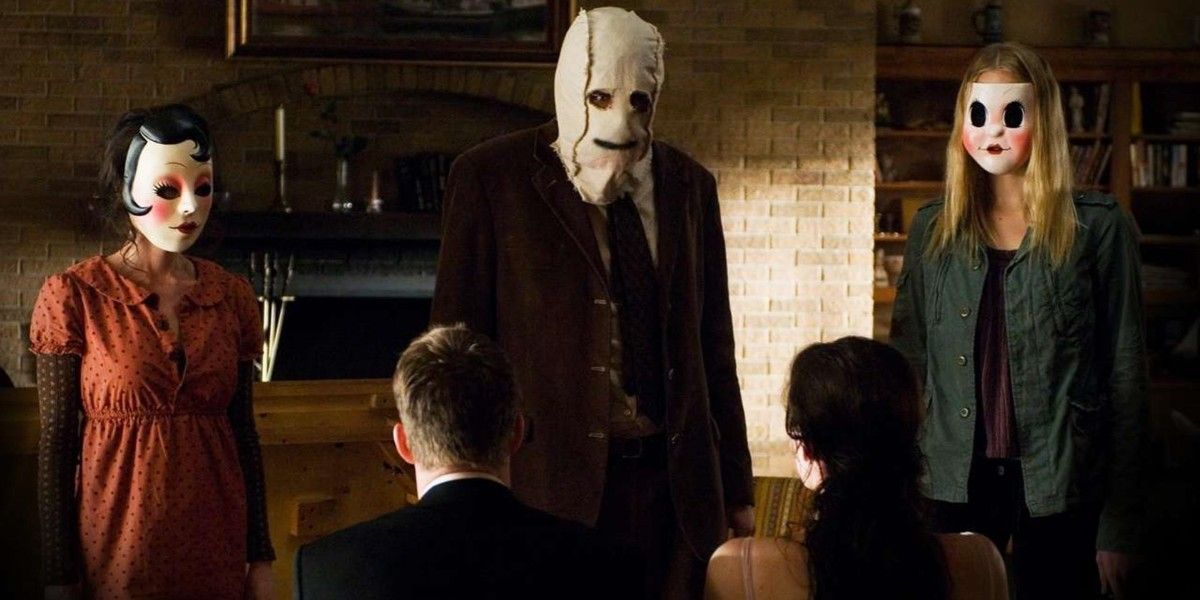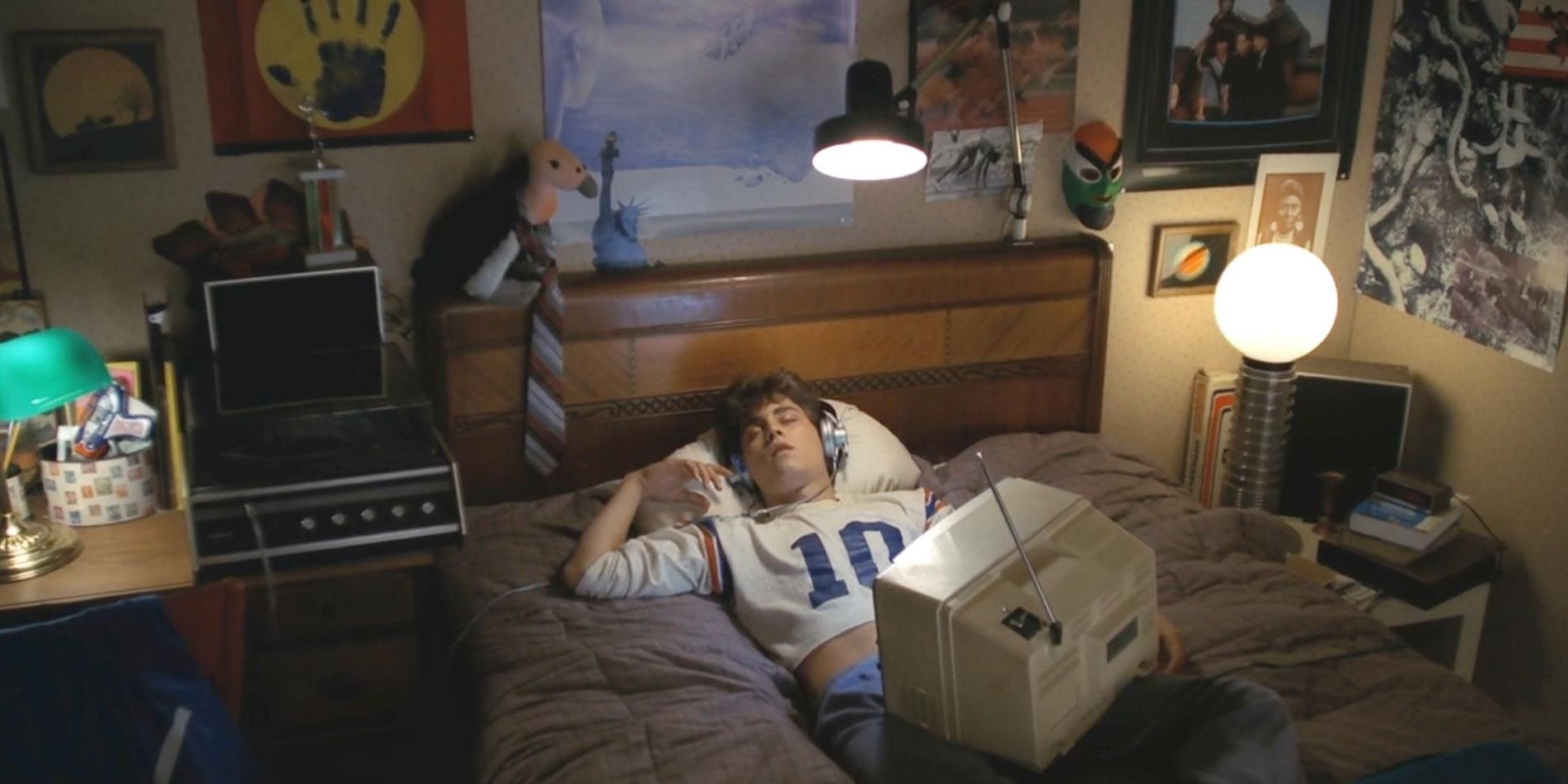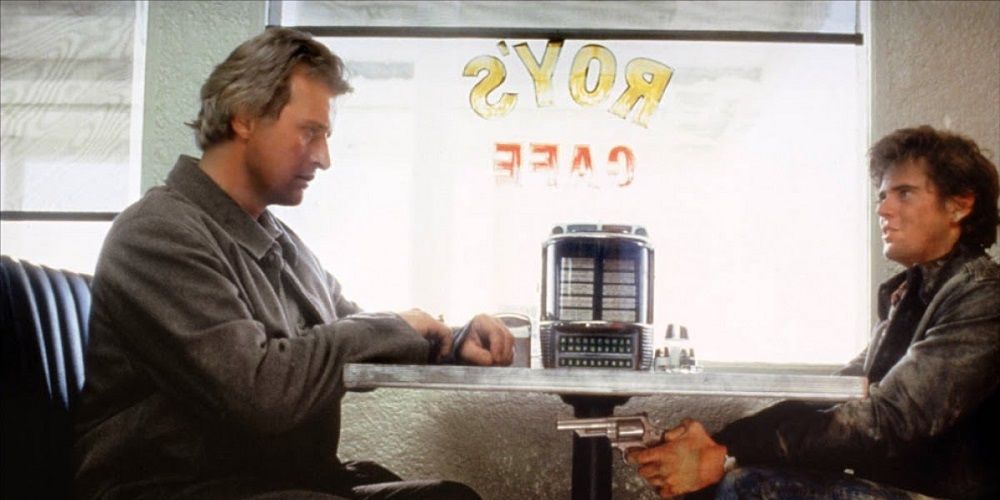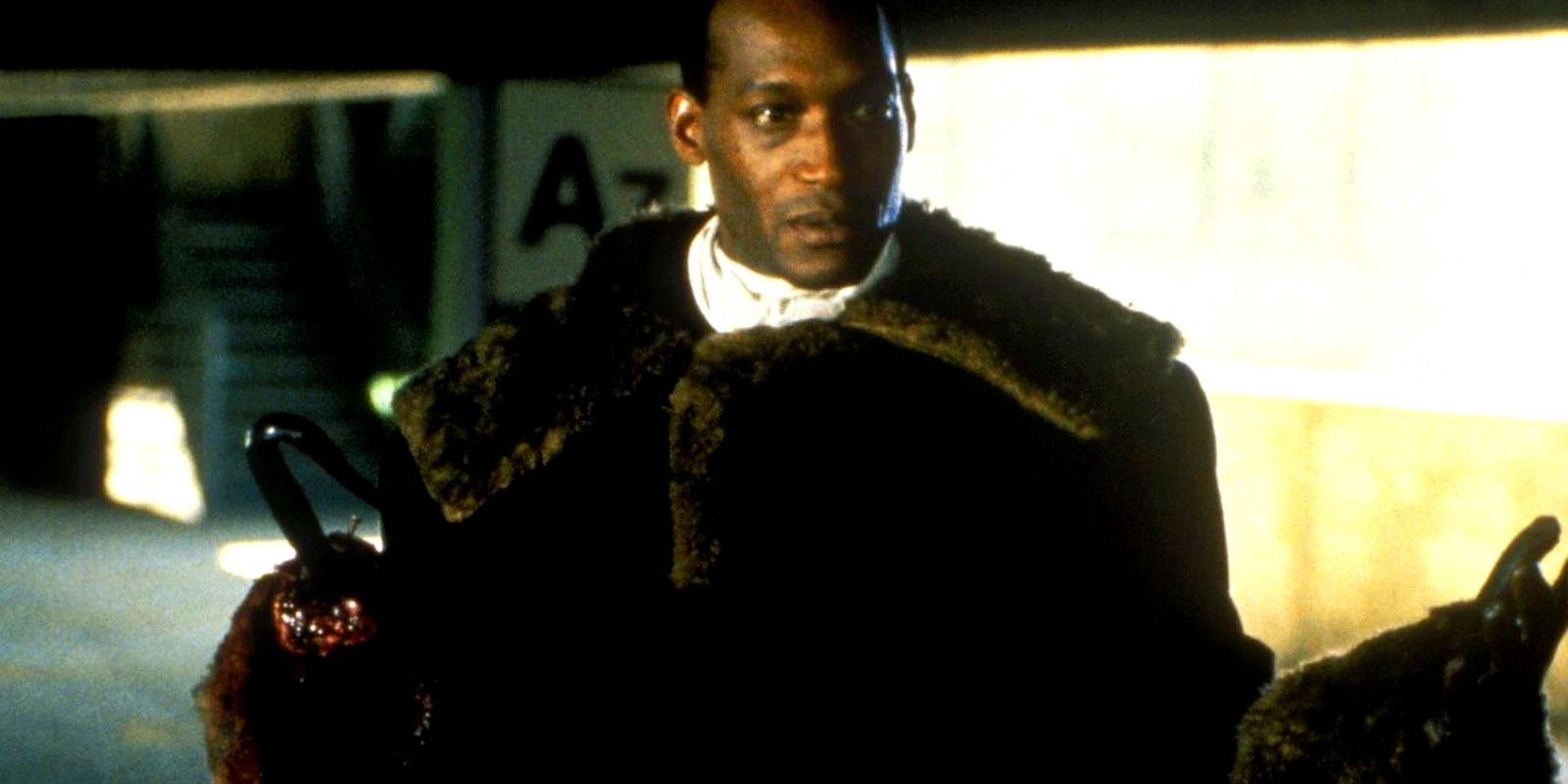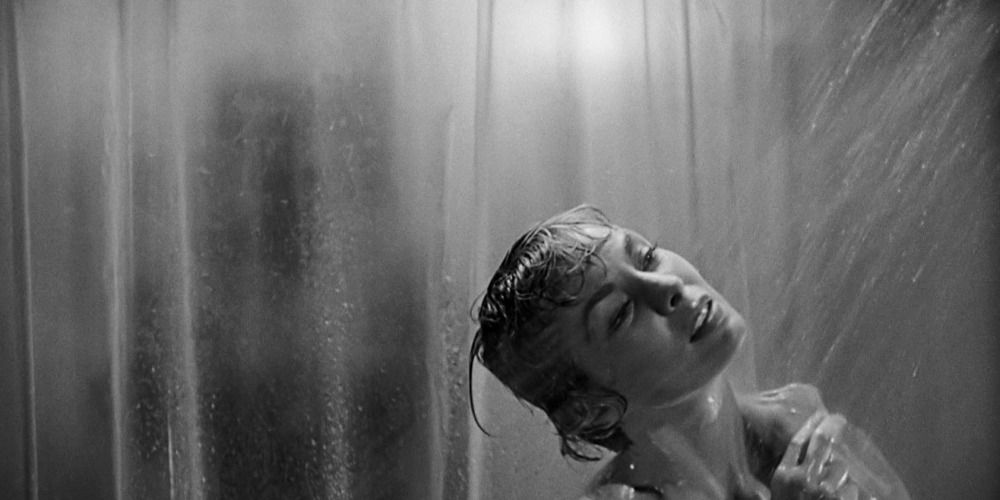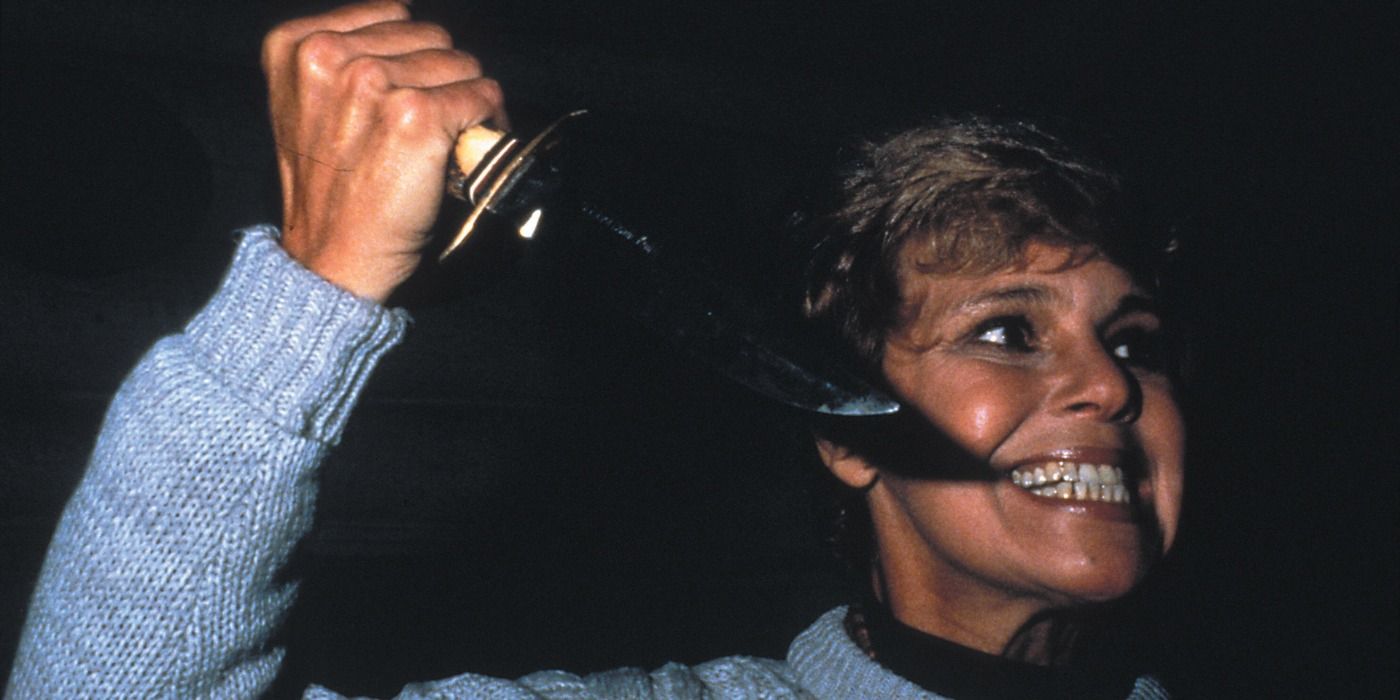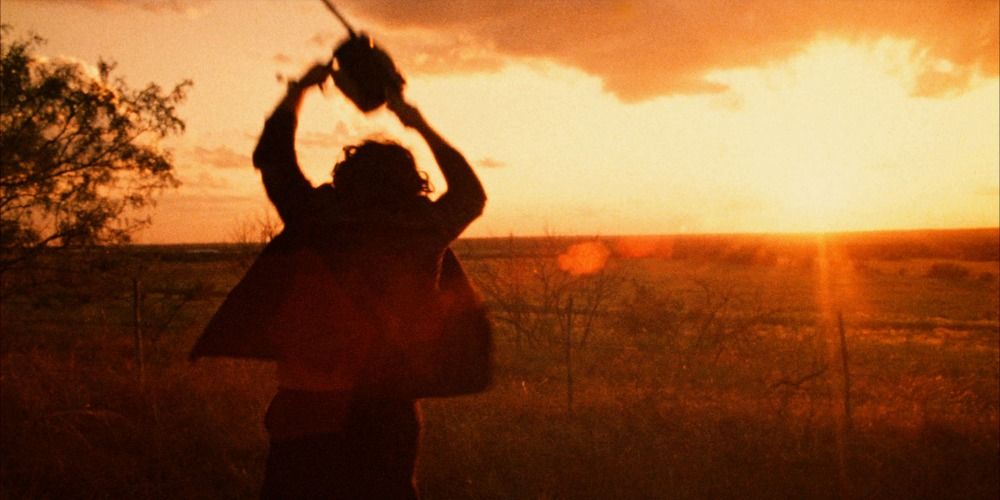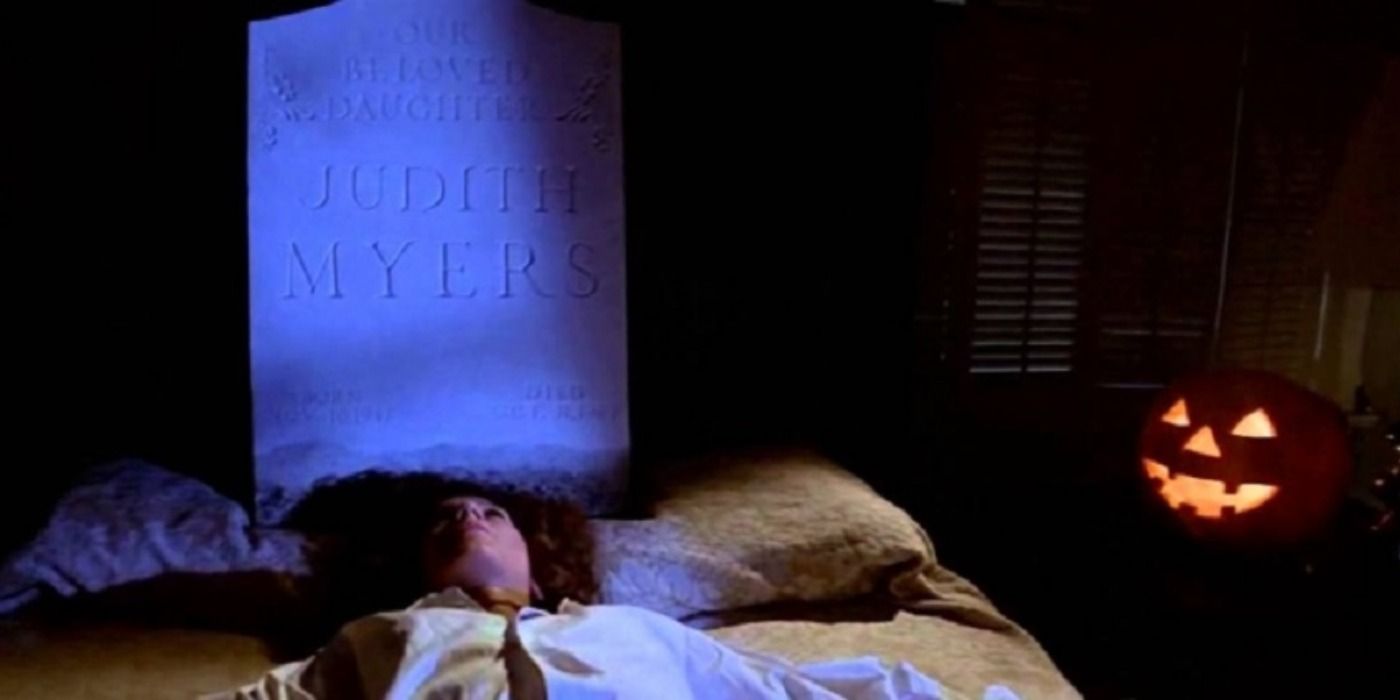Doctor Strange in the Multiverse of Madness brings a little horror to the MCU in 2022, expanding on the classic action and comedy formula of this universe - and there are plenty of scenes within the latest superhero movie that pay homage to the slasher subgenre in there.
Ranker has a list of the best slasher films of all time, and viewers new to the subgenre can find a starting place perfect for their particular tastes. From the early early days of the 1960s to the boom of the '80s and the self-referential '90s, Ranker accounts for them all.
Scream (1996)
Wes Craven advanced horror with Scream in more ways than one and it's now seen as one of the best horror movies of all time, slasher or otherwise.
The film follows a group of teens reeling from the death of two classmates. Unfortunately for Sydney Prescott and her cohorts, the murders aren't done yet, and the perpetrator may be closer than arm's length than she had anticipated. Scream is impressive for subverting tropes while simultaneously commenting on what makes them tropes, and that's a pattern that would be continued in horror extensively for several years in the wake of the film's success.
Child's Play (1988)
In hindsight one of the strangest horror movies of the 1980s, Child's Play nonetheless went on to start a massive multimedia franchise that's recently continued both with an underrated reboot and a TV series that continued the original series' continuity.
The original film follows Andy Barclay, a young boy whose mother gets a great deal on a Good Guy Doll. Unfortunately, that Good Guy is filled with the would of a not-so-good-guy: serial killer Charles Lee Ray.
The Hills Have Eyes (1977)
Wes Craven's sophomore film after The Last House on the Left, The Hills Have Eyes, is every bit as grimy and jarring as that cult classic.
The plot follows the Carters, a family traveling across the country to Los Angeles. Unfortunately, most of them only get as far as Nevada, because there's a hill-dwelling family of cannibals who are dead set on making them dinner. One of the family members, Pluto (Michael Berryman) became iconic, as did the film as a whole.
Sleepaway Camp (1983)
While some deem it a Friday the 13th copy, Sleepaway Camp holds power all its own, particularly once the twist ending is dropped on the audience. There's an argument to be made that Angela's true identity is the best, and most shocking, ending in horror movie history, even if it's a twist that wouldn't fly today.
Felissa Rose is the key to Sleepaway Camp's success. Her timid presence is the ultimate McGuffin, especially when juxtaposed with the particularly excessive brutality of the film's kills.
The Strangers (2008)
Released in the Summer of 2008, The Strangers was an effective bit of counterprogramming against big-budget features such as Iron Man and fellow Liv Tyler movie, The Incredible Hulk.
Unlike those bombastic adventures, The Strangers is about dread and the slow build. The film follows Tyler and Scott Speedman's Kristen and James, a struggling married couple who have decided to work on themselves at a vacation home. Unfortunately, three mask-covered assailants soon start making appearances, with each subsequent encounter being even more invasive than the one that preceded it.
A Nightmare On Elm Street (1984)
Responsible for a long-running, iconic franchise, including a once-lost TV series called Freddy's Nightmares, Wes Craven's A Nightmare on Elm Street is masterful enough to secure the late auteur's all on its own.
Robert Englund's Freddy Krueger is the key, and the character is (fortunately) very hollow in the original film. Viewers know he was sinister, killed by the parents of Elm Street, and now he's back. There's no "Bastard son of 100 maniacs" throughline, there's just an elusive, murderous figure in a fedora. No matter what the protagonists do, they can't escape him, because the only time they face him is when they have no level of control. Craven's original film is a landmark installment not just in horror history, but in cinema history.
The Hitcher (1986)
While it was mostly passed over at the time of release, The Hitcher has found a substantial audience over the years. The film follows C. Thomas Howell (Red Dawn, The Amazing Spider-Man) as Jim Halsey, who is delivering a car cross country to San Diego.
When he picks up Ryder (Rutger Hauer), a hitchhiker, the journey becomes a trip through Hell. Ryder is murderous and sadistic, taking pleasure in the harm of even a sweet waitress (Jennifer Jason Leigh).
Candyman (1992)
Nia DaCosta's excellent recent continuation of the Candyman mythos received sterling critical reviews and an above-average financial response. With that being said, the 2021 movie wouldn't be as good as it is without Clive Barker's startling source material or Bernard Rose's masterful 1992 adaptation.
The film stars Tony Todd in his most legendary role as the title character, a man betrayed and murdered solely for the color of his skin. Now, from beyond the dead, the Candyman is back and has a special target in mind to spread his message.
You're Next (2011)
Few fans would disagree that Sharni Vinson should have become a full-fledged star after You're Next, in a similar vein to what's happening with Samara Weaving after Ready or Not.
Unfortunately for Vinson, that wasn't the case with Adam Wingard's (Godzilla vs. Kong) 2011 slasher. The film follows Vinson's Erin, whose boyfriend, Crispin, invites her to meet his parents at his estate. Unfortunately, Erin soon witnesses Crispin's family members get picked off one by one, and she needs to take it upon herself to be the last woman standing.
Psycho (1960)
Alfred Hitchcock's Psycho was and remains the godfather of slasher cinema. While it was focused more on suspense than gore, the adaptation of Robert Bloch's superb novel still set some trends that are followed even 60 years later.
The plot, at first, follows Marion Crane, a woman who has just run off with a mouth-watering stack of cash. Unfortunately, Ms. Crane stops at the wrong hotel and meets its owner: Norman Bates, a man with a particular obsession with "Mother."
Friday The 13th (1980)
Released in 1980, a landmark year for horror cinema, Sean S. Cunningham's Friday the 13th was maligned at the time, but was a box office smash, and has even shown itself to be a horror classic over time.
Even with the fame and seemingly endless sequels, Friday the 13th is an underrated, well-oiled machine. While it's technically the slowest-paced installment of the 12-entry franchise, the scenes of Alice making tea or the kids playing strip Monopoly never feel like filler, they feel like realism. Friday the 13th makes the viewer feel like they're both a bystander and Mrs. Voorhees herself, and that intimacy makes for a very unsettling experience.
The Texas Chain Saw Massacre (1974)
The Texas Chain Saw Massacre is as terrifying in the 2020s as it was in the 1970s. Tobe Hooper's classic holds a grimy, student-made quality that has allowed it a timelessness given few other horror films. The viewer is merely transported to 1970s Texas, and the viewer just stepped towards the wrong house.
The plot follows a cannibalistic family with a preference for barbeque. Unfortunately for Sally Hardesty, her brother, Franklin, and their friends, it seems they're on the next menu.
Halloween (1978)
John Carpenter's seminal Halloween spawned a franchise that continues to this day, arguably better than ever. For such a simplistic film, it established an incredibly large amount of lore, and that's because the characters transcend general slasher territory.
While Michael Myers could be nothing more than a nameless, faceless murderer, Halloween makes him something much more: a nameless, faceless mystery. The film's opening scene, depicting a 6-year-old Michael killing his sister, sets an utterly unpredictable tone that lets the viewer know the film is here to play ball, and they better be ready for the grand slam. Several of the film's sequels also made Ranker's top 10: Halloween II (1981) at position three and Halloween H20: 20 Years Later at position seven.

